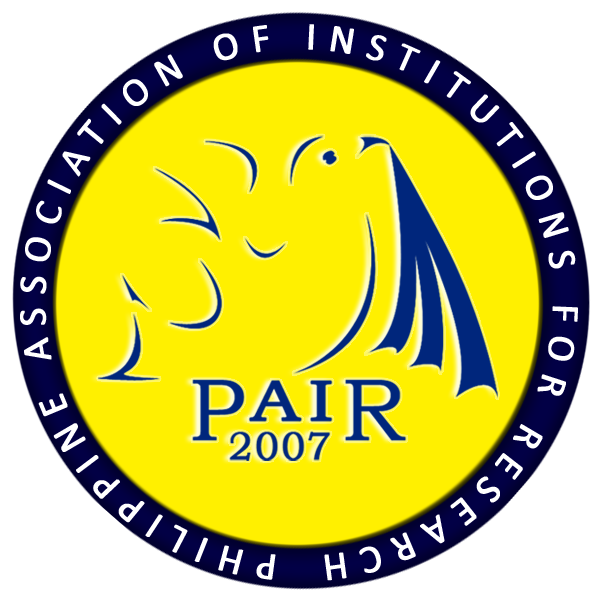Enhancing Muscular Strength with Resistance and High-Intensity Interval Training Using a Fitness Mobile App Guide
DOI:
https://doi.org/10.7719/jpair.v51i1.675Abstract
Physical educators face the challenge of adapting how their classes are perceived to address student health and physical inactivity. The study aimed to enhance the health-related fitness component of muscular strength with strength training and high-intensity interval training (HIIT) based on the program provided by a mobile application. The study employed a quasi-experimental research design that accommodated 20 female participants in Group 1, the strength training group, and 17 female participants in Group 2, the HIIT group. After the participants recorded their scores in the pretest using the standard push-up test, they were exposed to their assigned intervention programs using the mobile app as their guide. The post-test followed the same testing procedure as the pretest. Findings reveal that the female participants performed moderately in the standard push-up test, both in the pretest and post-test. The post-test scores of the strength training group differed significantly from their pretest results, indicating that the training effectively enhances muscular strength. On the other hand, the HIIT group did not significantly differ, implying that there is no sufficient evidence in the claim that HIIT significantly improves muscular strength. The finding further reveals that strength or resistance training is more effective in enhancing muscular strength. Thus, researchers can conduct a further empirical investigation to determine how effective HIIT is in enhancing muscular strength, considering the gender, age, and skill level of the research participants.
Downloads
References
Abdul-Hameed, U., Rangra, P., Shareef, M. Y., & Hussain, M. E. (2012). Reliability of 1-repetition maximum estimation for upper and lower body muscular strength measurement in untrained middle aged type 2 diabetic patients. Asian journal of sports medicine, 3(4), 267.
Downloads
Published
Issue
Section
License
Copyright (c) 2023 Bleza Bantayan

This work is licensed under a Creative Commons Attribution-NonCommercial 4.0 International License.
Open Access. This article published by JPAIR Multidisciplinary Research is licensed under a Creative Commons Attribution-Noncommercial 4.0 International (CC BY-NC 4.0). You are free to share (copy and redistribute the material in any medium or format) and adapt (remix, transform, and build upon the material). Under the following terms, you must give appropriate credit, provide a link to the license, and indicate if changes were made. You may do so in any reasonable manner, but not in any way that suggests the licensor endorses you or your use. You may not use the material for commercial purposes.




















